Explore literature, landscape and nearly lost languages with this inside guide to unusual things to do in North Wales.
Not just looking for North Wales? Here’s the complete Wales road trip itinerary.
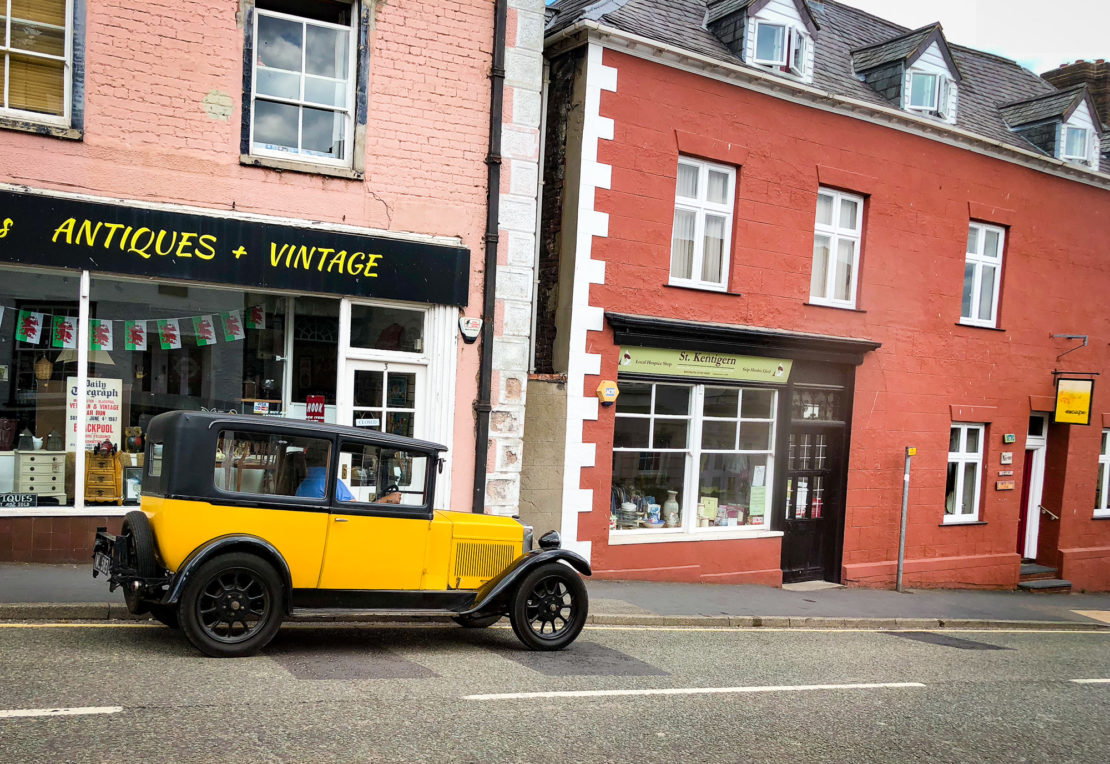
Amazing and Unusual Things to do in North Wales
When it comes to looking for unusual things to do in North Wales, keep your eyes, your mind and your heart open.
Snowdonia, with its romantic, frozen name, pulls in the crowds and deservedly so. Likewise, the Llyn peninsula.
But elsewhere, UNESCO World Heritage Sites, tiny churches in rugged landscapes, ground-breaking arts centres and medieval market towns combine to provide a rich landscape of unique things to do.
What are the unusual highlights of North Wales?
Behind the scary-sounding Welsh names (like Pontcysyllte Aqueduct) you’ll find the country’s newest Area of Natural Beauty, an impressive 11 or so miles of UNESCO World Heritage Site, two National Trust Properties and miles and miles of coast.
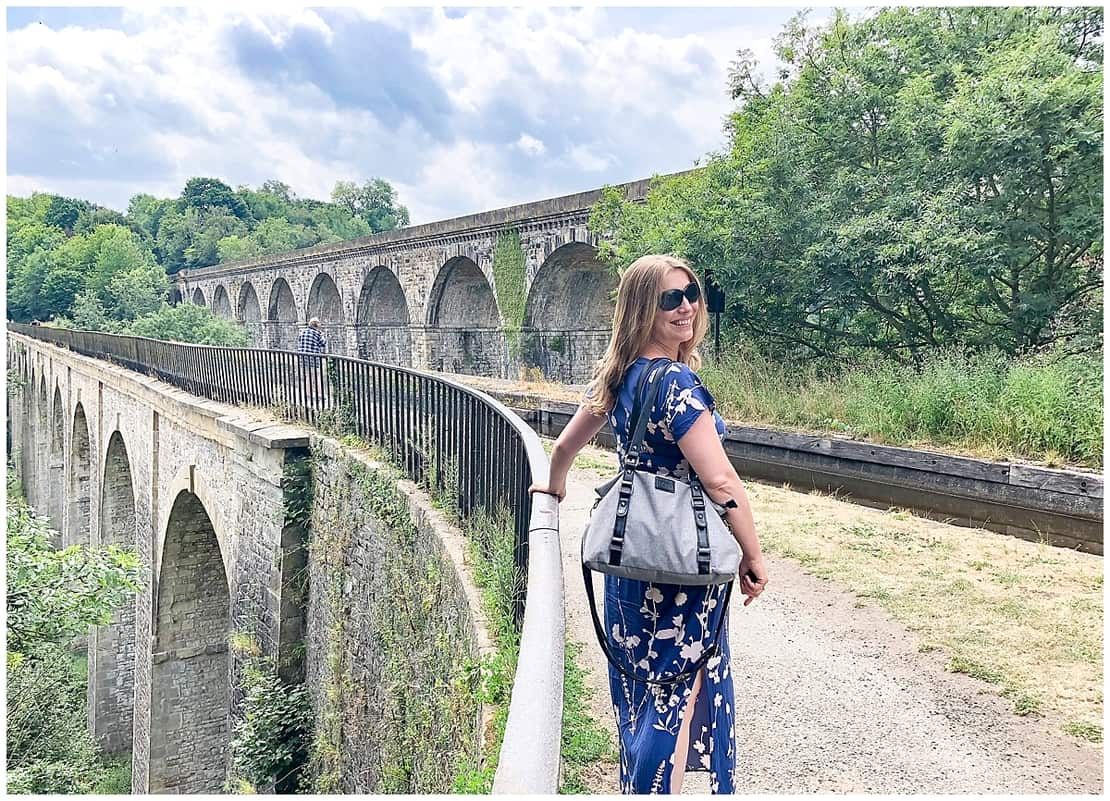
Travel the Stream in the Sky: The Pontcysyllte Aqueduct
Oblivious to gravity, unmoved by the trembling nerves of hikers, the Pontcysyllte Aqueduct strides across the Dee River.
At a remarkable 38 metres above the river valley, it’s the engineering that earns it a place as one of Wales’ UNESCO World Heritage Sites. But the beauty, and the experience, make a visit here on of the most rewarding, unusual things to do in North Wales.
You can walk and cycle your way across for free, but one at a time due to space. Canal boats also squeeze past, with skippers with nerves of steel.
The Pontcysyllte Aqueduct is not only the longest in Great Britain, but also the tallest in the world. Eighteen arches of stone and cast iron rise out of the countryside, completed in 1805 to carry the Llangollen Canal from A to B. It took only ten years to design and build and highlights the importance of canals to industry at the time.
Today, though, the area is all about leisure and relaxation. The Pontcysyllte Aqueduct is just one part of an 11 mile UNESCO World Heritage Area.
How do you pronounce the words Pontcysyllte Aqueduct?
PONT. Cah. Such (as in loch ness) Tuh. Ack. Wa. Duct.
Check out this video on how to pronounce the name – and catch the Facebook live from when I stood on the Stream in the Sky.

Read the First Welsh Bible
With Google Translate at our fingertips, it’s hard to step back and imagine what life was like in the old days. When translation was an acquired art and when almost all information, education and authority came through the hands of the church.
The first Welsh bible at St Asaph’s Cathedral in Denbighshire is famous not only for the power of translation but also as a way of preserving the Welsh language altogether.
In 1549, King Edward VI passed a law called The Act of Uniformity, mandating that all public worship should take place in English rather than Latin. The idea behind it was to strengthen the Protestant Reformation begun by his father, the notorious King Henry VIII with all the wives. And also to weaken the strength of the Welsh, given the Tudors themselves came to the throne through Wales.
Rebellion occurred, with several losing their lives in Cornwall on the issue. But only a few years later, during the reign of Elizabeth I, special dispensation was granted to Wales for political alliance and expediency.
Instead of English, public worship could take place in Welsh. A series of translations of the Common Book of Prayer and New Testament took place in the following years. But it was the work from Bishop William Morgan that saw the first complete translation arrive in 1588.
And now you can see it, with minimal fuss, in St Asaph’s Cathedral.
Unlike the great queues to see the Book of Kells in Trinity College, Dublin, in St Asaph’s, you simply walk in. It’s a small, humble and still functioning place but there’s no less sense of wonder when staring at pages nearly five hundred years old.
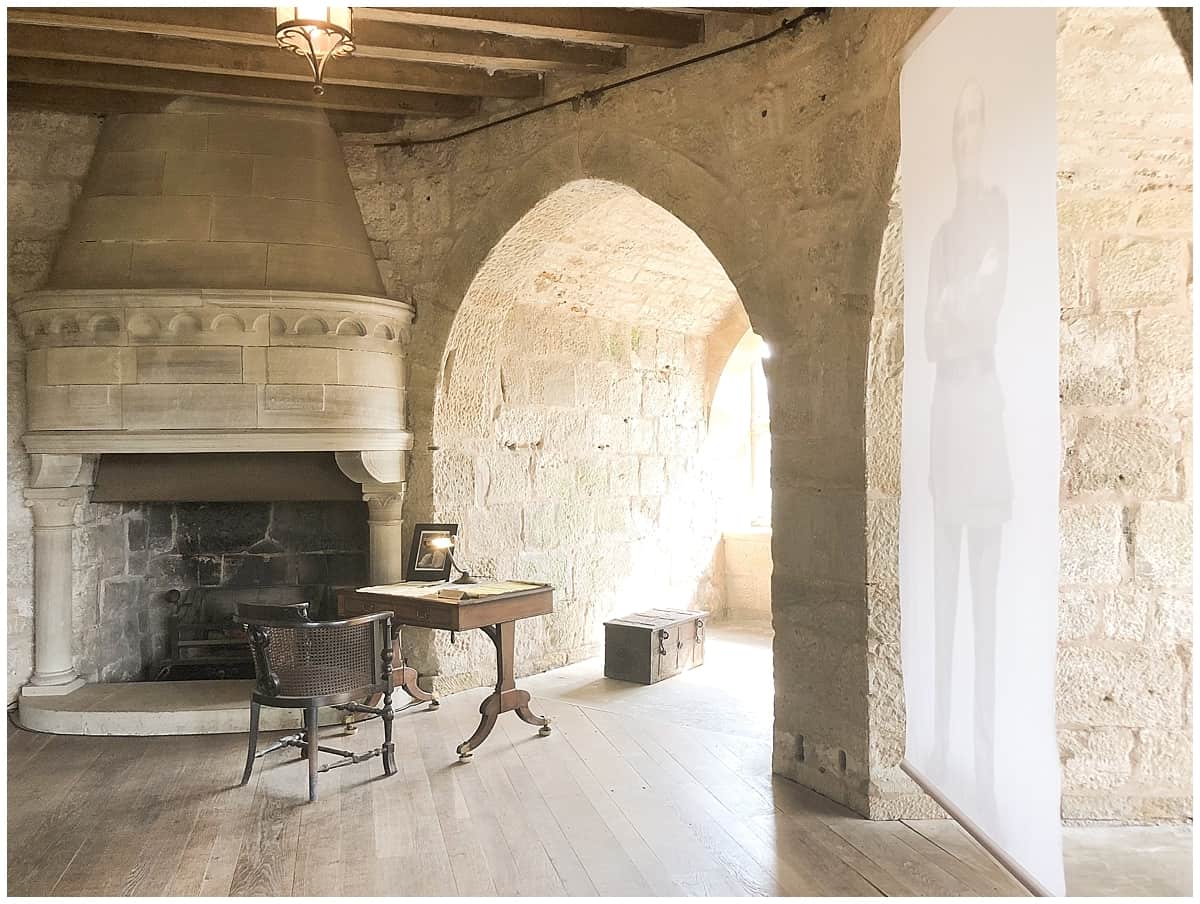
Explore Chirk Castle
It takes a lot to stand out as a castle in Wales, especially along the border.
Where Holland has mills, North Wales has castles but few manage to round up so many different experiences into one castle as Chirk.
Looking for medieval knight costumes to dress up in? Done!
Vegetable patches to stroll around ? Yes.
Forests to walk in? Stately home staircases to swirl around in? Period libraries to muse in? A café to drink coffee in?
Yes, yes, and yes again.
The first Chirk Castle dates back to 1295 as part of King Edward I’s chain of fortresses across North Wales. It guarded the entrance to the Ceiriog Valley and served as the headquarters to the delicious-sounding title of the Marcher Lordship of Chirkland. Today, it’s owned and managed by the National Trust, a charity that conserves heritage and outdoor spaces with membership and PAYG options.
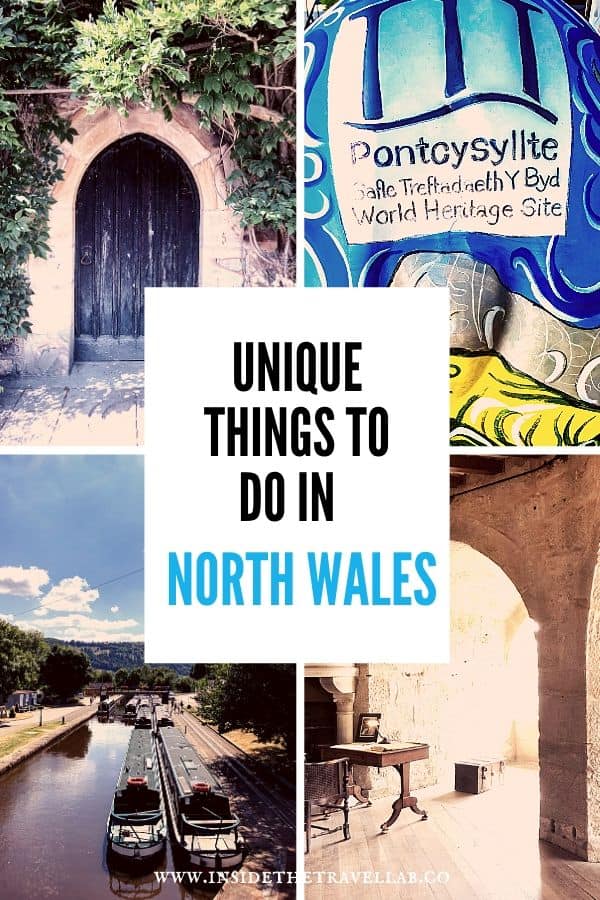
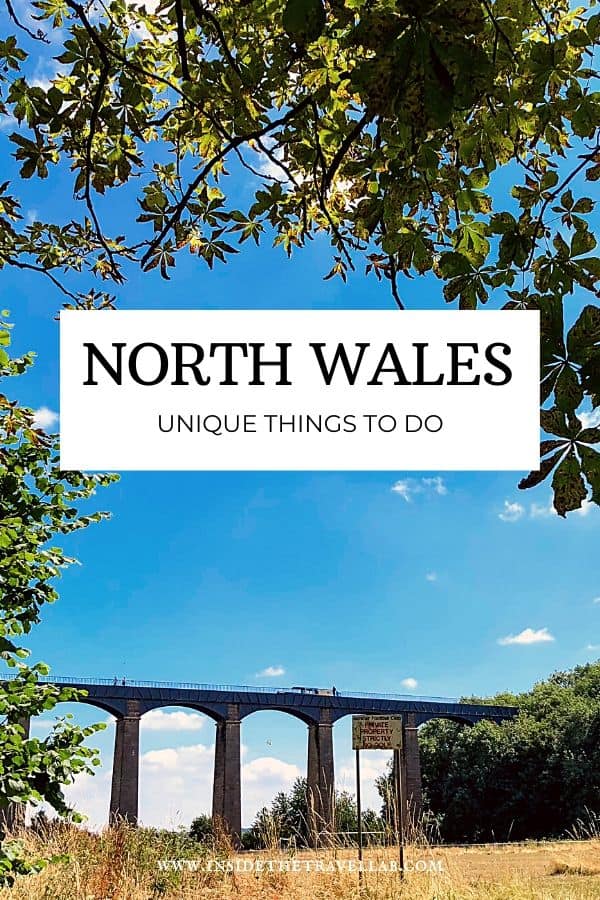
Browse the Historic Market Towns
Like castles, there’s no shortage of historic market towns in North Wales. Think cobbled streets, winding lanes, tudor beams and stony arches. But when it comes to unusual things to do in North Wales, the best bet is to combine the old with the new. I’d like to highlight these historic market towns… because they also offer a twist.

Get crafty in Ruthin
Ruthin itself treats visitors to everything you’d expect from a beautiful Welsh market town. Half-timbered lanes, ivy tumbling down walls, a castle.
But it also has made space for an explosion of the arts.
The hub for this is the Ruthin Craft Centre, where artists, exhibitions, shops and activities for children rub shoulders alongside a brightly lit coffee and cake café.
But it’s the art trail through town that really stood out. You can collect or download a guide to the Ruthin Art Trail and head on a cultured scavenger hunt throughout the town. Spot hidden figurines on rooftops and disturbing images in peepholes, cheeky chappies on park benches and more.
- Inside tip: you can also sleep in Ruthin Castle as it’s now become a hotel.

Mold (Yes, that’s really the name)
It’s hard not to get swept away by the names in this part of Wales. Either you have no idea how you say them or if you do, you wonder what on earth people were thinking.
Mold, despite its name, is another pretty medieval market town, surrounded by natural beauty. Official beauty, actually, the designated Area of Natural Beauty that is the Clwydian Range.
As a result, Mold is a great base for wild and natural exploration.
Visit the Clwydian Ranage
The Clwydian Range Area of Natural Beauty runs from Prestatyn in the north to Llandegla in the south. As one of only eight protected landscapes in Wales (a land of stunning landscapes,) its purple, heather-clad summits home hillside forts and spaces for solitude.
- The highest point, Moel Famau, can be reached after a 30-40 minute climb so it’s a more accessible spot to search for fresh air than further west with Snowdon.
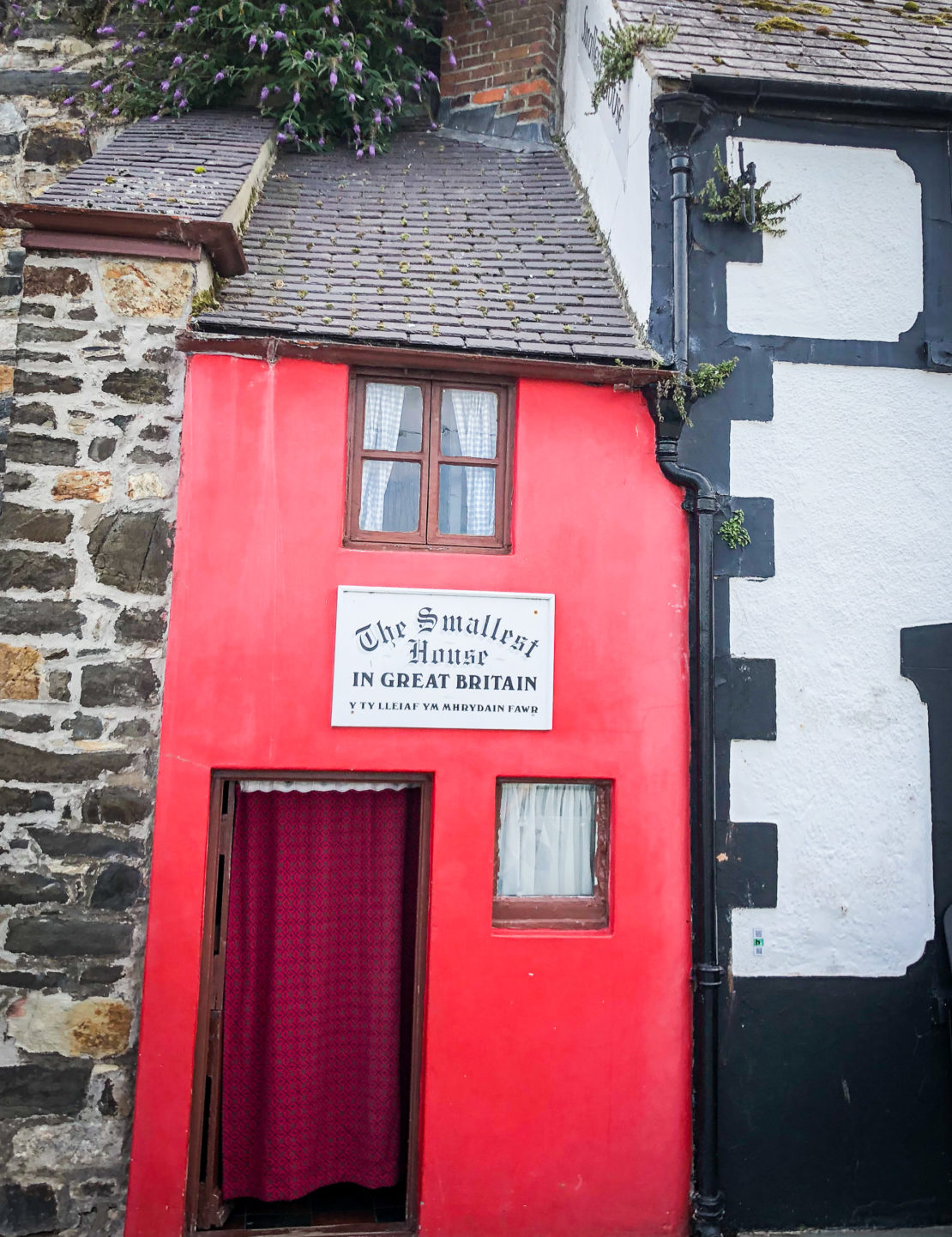
Enjoy the castle town of Conwy
Conwy features stone walls and a castle built on the command of King Edward I as part of his conquest of the principality of Wales. As a result, it joins the UNESCO World Heritage List along with Harlech Castle, Beaumaris Castle and Caernarfon Castle.
It also makes a good base for day trips towards the west coast: Snowdonia, the island of Anglesey, Victorian seaside town of Llandudno and the achingly beautiful Lyn Peninsula.
But Conwy has its own overlooked properties. Like Quay House, the smallest house in the United Kingdom, which is, quite literally, easy to overlook. A 16th century fisherman’s cottage, it’s only 10 feet tall yet still has two storeys and is open to visit once you’ve swanned your way around the castle.
And nearby Bodnant Garden is said to have the finest rose garden in Wales.
Interested in Wales?
Brush up on the culture, from the traditional Welsh dishes you need to know to understanding the importance of the word cwtch.
Then, build your travel plans, from Pembrokeshire and Fishguard to the young and fun capital city of Cardiff.
Bounce around at Zip World Bounce Below
Yep, this counts as an unusual thing to do in North Wales. Found in Blaenau Ffestiniog, this subterranean adventure park mixes zip lines with bouncy nets in a natural, yet illuminated, cavern. Zip World Bounce Below. You go first!
After that, head underground again for the Llechwedd slate mine: accessed by the steepest cable railway in Britain into the heart of the slate caverns. One of the best things about Wales is its ability to switch its industrial past into a quirky present and future!
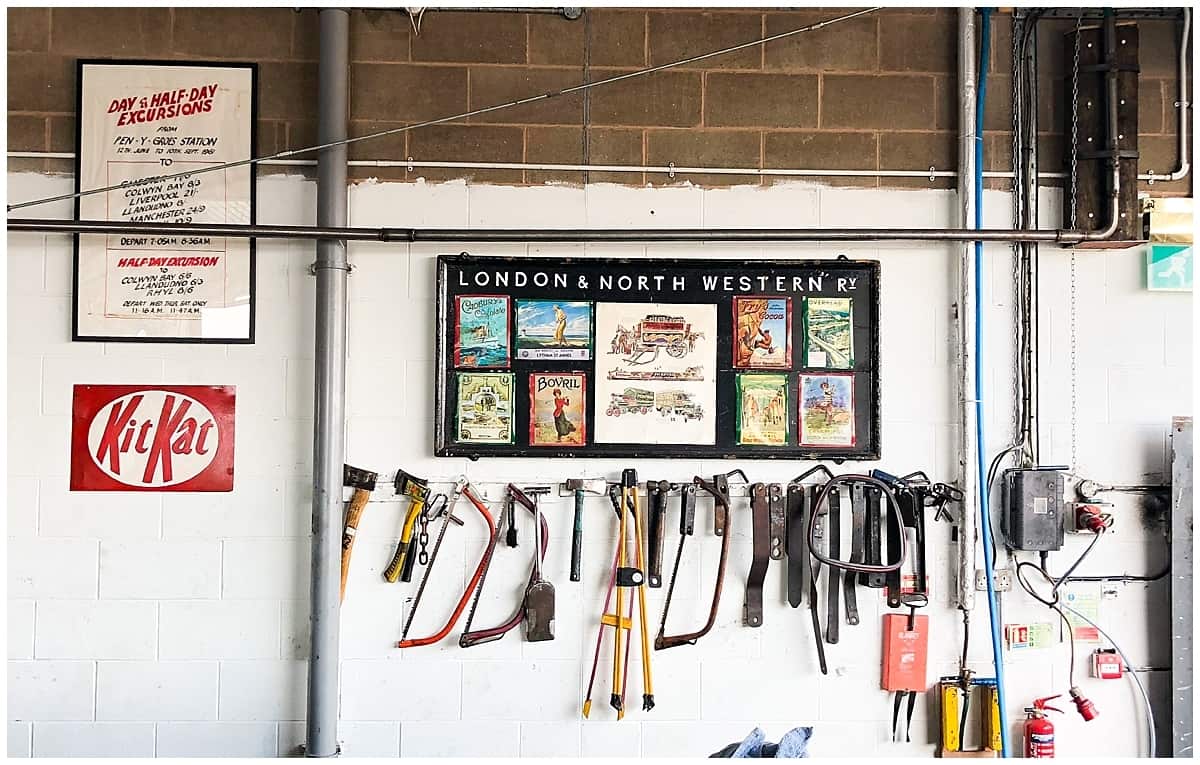
Take a Ride on Britain’s Oldest Miniature Railway
There’s nothing better than an unusual claim to fame and Rhyl’s claim to own Britain’s oldest miniature railway is the kind of thing that smiles are made of.
Opening in 1911, it still runs today around the grassy edges of the Marine Lake, with coal, steam, bells and whistles in abundance. After that, kids can run free on the wide, sandy expanse at Rhyl or adults can stride with purpose along the coast.
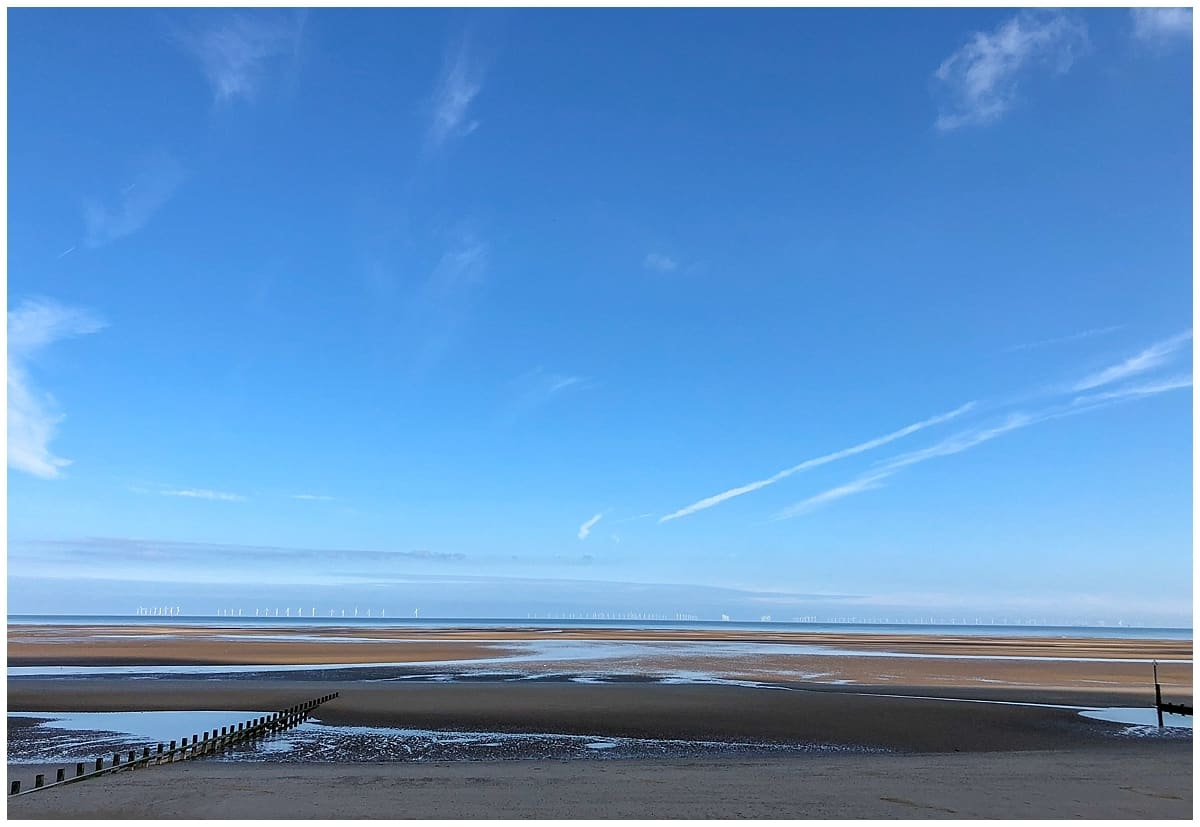
Get Sandy at Rhyl
For all the fame of the rugged coast and engineering works, add playing on sandy beaches to your list of unusual things to do in North Wales. The coast at Rhyl offers the largest spot, but it’s backed by a cheery, resort-focused high street which may not be to everyone’s style.
The water and the walking paths, however, bring nature alive entirely and a sunrise view mesmerises.
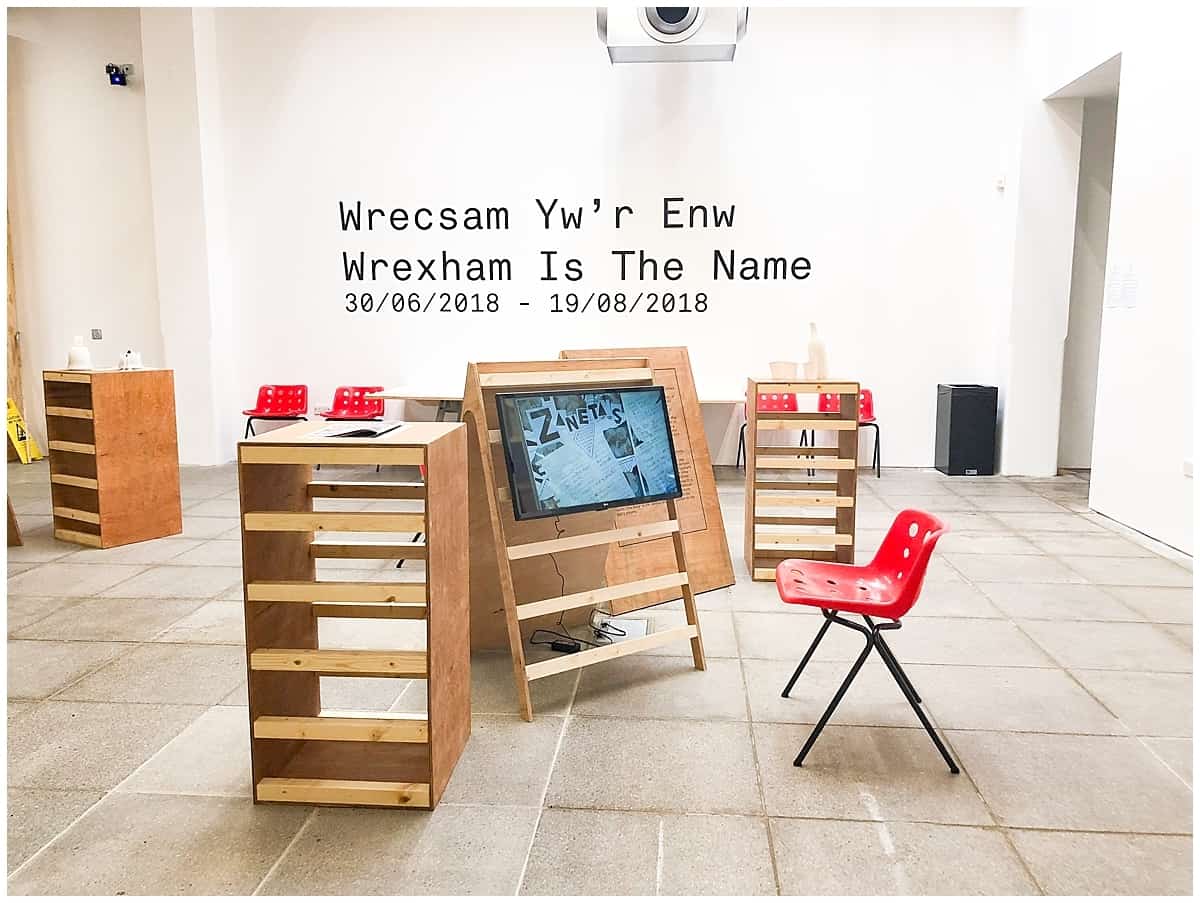
Visit the cool new arts centre in Wrexham
I love a bit of urban regeneration and the Ty Pawb centre at Wrexham brings thought-provoking art right into the centre of town.
Wrexham itself is the largest town in the north of Wales, with history, culture and all the usual conflicts dating back to before Roman times. Wrexham played key roles during the English-Welsh border disputes and during the English Civil War. During the Industrial Revolution, it developed a reputation for its ironworks, steelworks, brickwork and leatherwork skills and nearby collieries and breweries.
However, after the end of the First World War, the collieries declined, not helped by one of the worst disasters in British Mining that led to the death of 266 men.
Today’s Wrexham still has its historic markets and the breweries are on the up. It’s a place which tries to bring its diverse community together, and that’s where the Ty Pawb Centre comes in. It’s designed as a centre for the arts, for coffee, for street food indoors and a place for children to play. Its exhibits focus on what makes Wrexham Wrexham and displays striking images of the few remaining possessions of refugees.
There’s also good coffee. And great play areas for kids ;-)

Chirk Aqueduct – Walk from Wales to England and Back
Pontcysyllte may steal all the headlines, but it’s not the only aqueduct in town. You’ll find plenty of other unique and unusual things to do in Wales just within the 11 mile UNESCO World Heritage Site area around Llangollen.
Take Chirk Aqueduct, for example, where you can stroll from Wales to England and back again. You can even buy an ice cream through a canal boat window. Perfect sustenance to cross the borders. Chocolate flakes included.
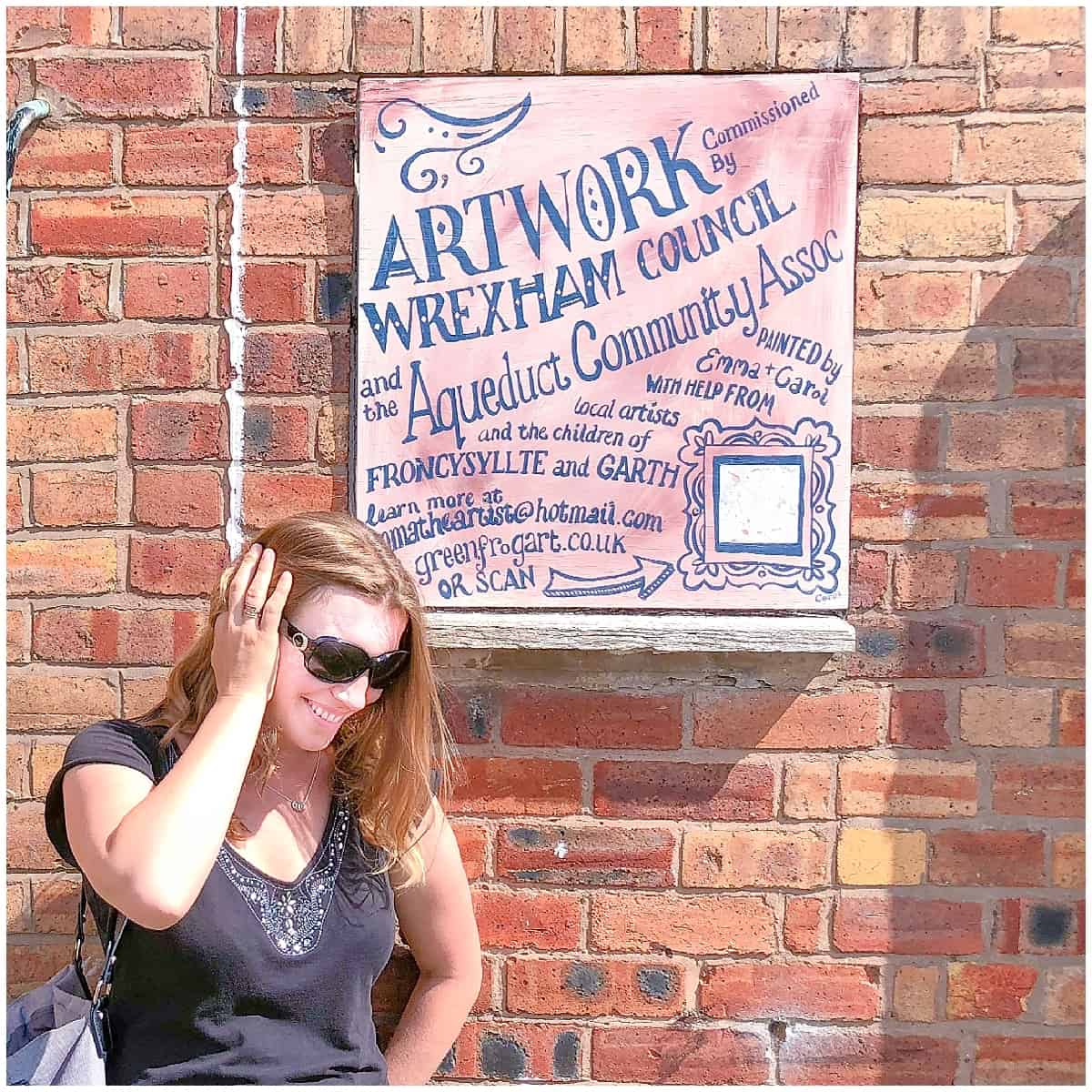
Free Things to do in North Wales
Truly, some of the best things in life are free when it comes to travel in North Wales.
Entrance is free to the UNESCO World Heritage Site Area around the Pontcysyllte Aqueduct, Chirk Aqueduct and the Area of Natural Outstanding Beauty. It’s completely free to walk in to see the oldest bible in Wales and access is to Ty Pawb in Wrexham and the Ruthin Crafts Centre, also free.
For Chirk Castle, entrance is free for National Trust Members, but there is a cost for annual membership. Otherwise, you can pay at the door for one-off entry.
Snowdonia National Park is free to access. You can walk around market towns of Mold and Ruthin for free and take to the sands at Rhyl for free as well.
So what do you think about this guide to the best things to do in Wales? Well, unusual things to do in North Wales, anyway! Bookmark now to plan your trip later.



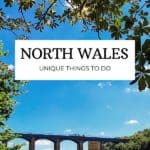
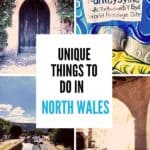
Thank you for the great mentions for Ruthin Craft Centre and the Ruthin Art Trail. Just to note the Art Trail is a permanent installation, and includes secret spy holes in stone walls, little figures to encourage people to look around at the buildings, and some lovely benches and cherry trees.
Ah, that’s great news! We loved the art trail – it’s amazing how it made us look more closely and think in a different way. It was also interesting to see how much we’d missed when we hadn’t been actively looking for things.
This is so great! Bookmarking this!
Glad you like it! I bookmarked so many things in preparation for the trip!
Nice post! Thanks for sharing!
You’re very welcome! Enjoy North Wales!